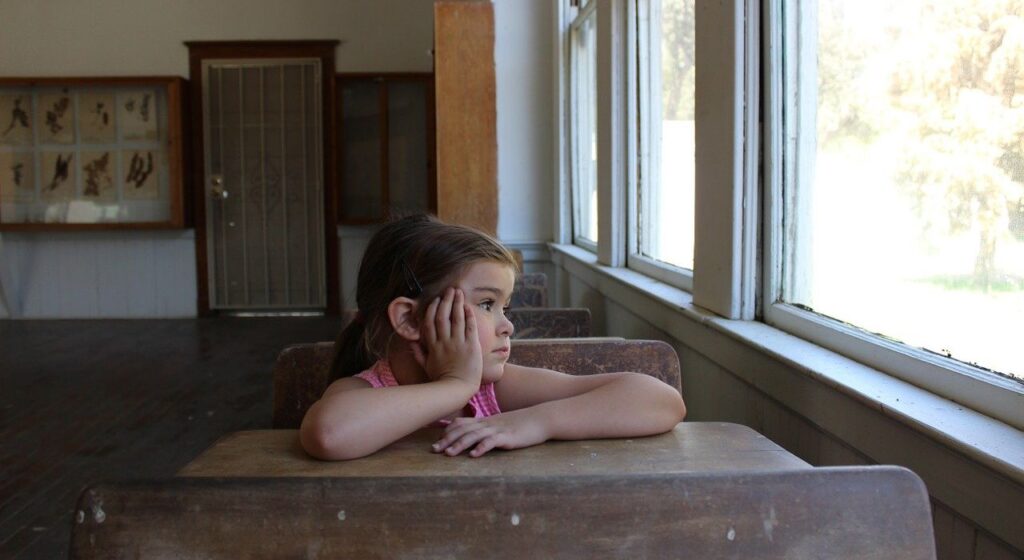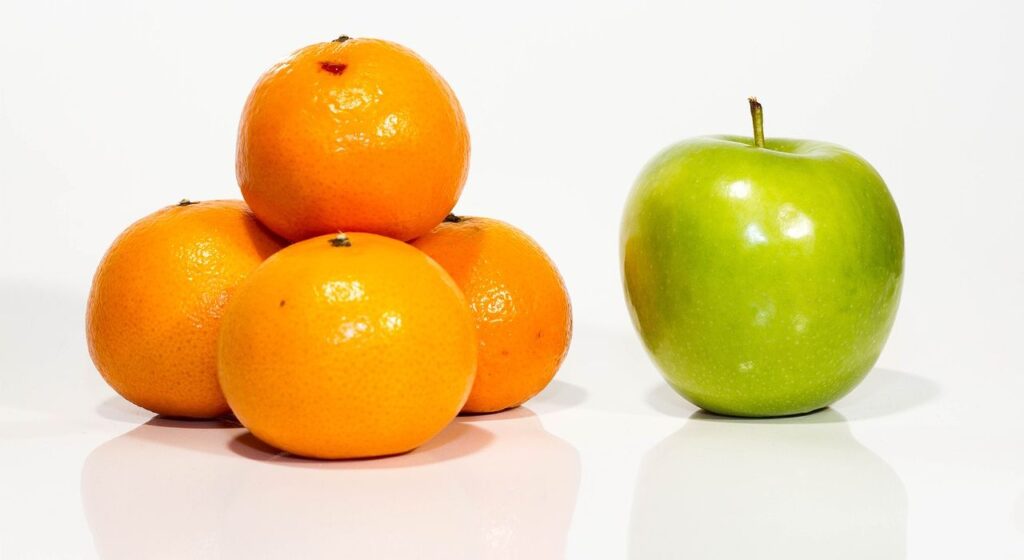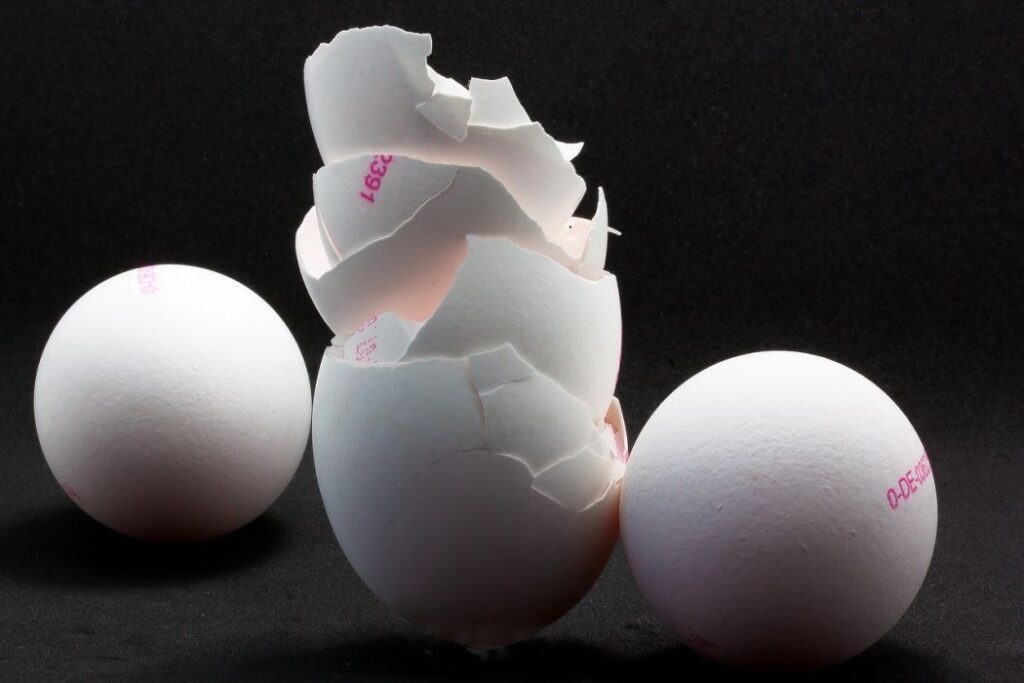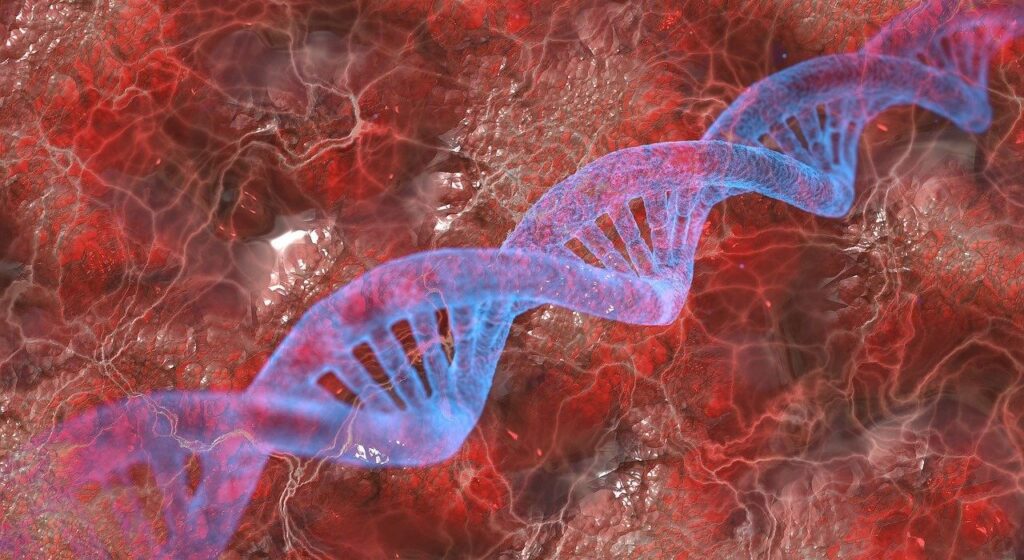November 16, 2020
Ex parte Sami Chems. & Extracts, Ltd., is a 2009 decision of the Board of Patent Appeals and Interferences (BPAI) that is listed among the Patent
Read more
November 13, 2020
On November 9, 2020, the Patent Trial and Appeal Board issued a decision in Ex parte Tramontano et al. (Appeal 2020-002413) in which a misplaced claim interpretation/35 U.S.C.
Read more
November 10, 2020
In assessing obviousness rejections, a threshold issue is whether the cited reference(s) qualify as prior art. A reference qualifies as prior art for an obviousness determination
Read more
November 6, 2020
On September 30, 2020, the Patent Trial and Appeal Board (“Board”) issued a decision in Ex parte Drozdenko (Appeal No. 2020-001293) reversing an Examiner’s obviousness rejection
Read more
November 2, 2020
An examiner sometimes raises an obviousness rejection under the “design choice” doctrine, alleging a claimed feature, such as a certain dimension, shape, or arrangement, is merely
Read more
October 30, 2020
U.S. patent examiners sometimes rely on the theory of inherency to fill gaps in the prior art. This usually occurs when patent claims recite structural limitations
Read more
October 27, 2020
Ex parte Chuang is a 2008 decision of the Board of Patent Appeals and Interferences (BPAI) that is listed among the Patent Trial and Appeal Board’s
Read more
October 21, 2020
A threshold issue in the context of double patenting is whether the applications/patents in question have (i) at least one common applicant, and/or are (ii) commonly
Read more
October 15, 2020
On September 29, 2020, the Patent Trial and Appeal Board (“Board”) issued a decision in Ex parte Brinhaus (Appeal No. 2019-006794) and reversed an Examiner’s obviousness
Read more
October 12, 2020
It is well-settled that if a proposed modification or combination of prior art would change the principle of operation of the prior art invention being modified,
Read more










